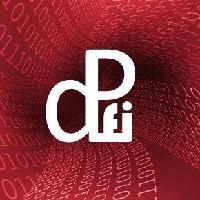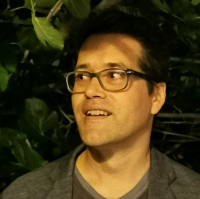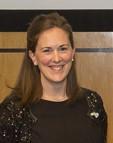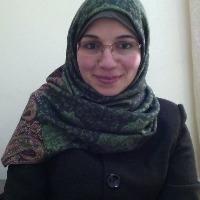Blog
Unless otherwise stated, content is shared under CC-BY-NC Licence
You'll miss it when it's gone...
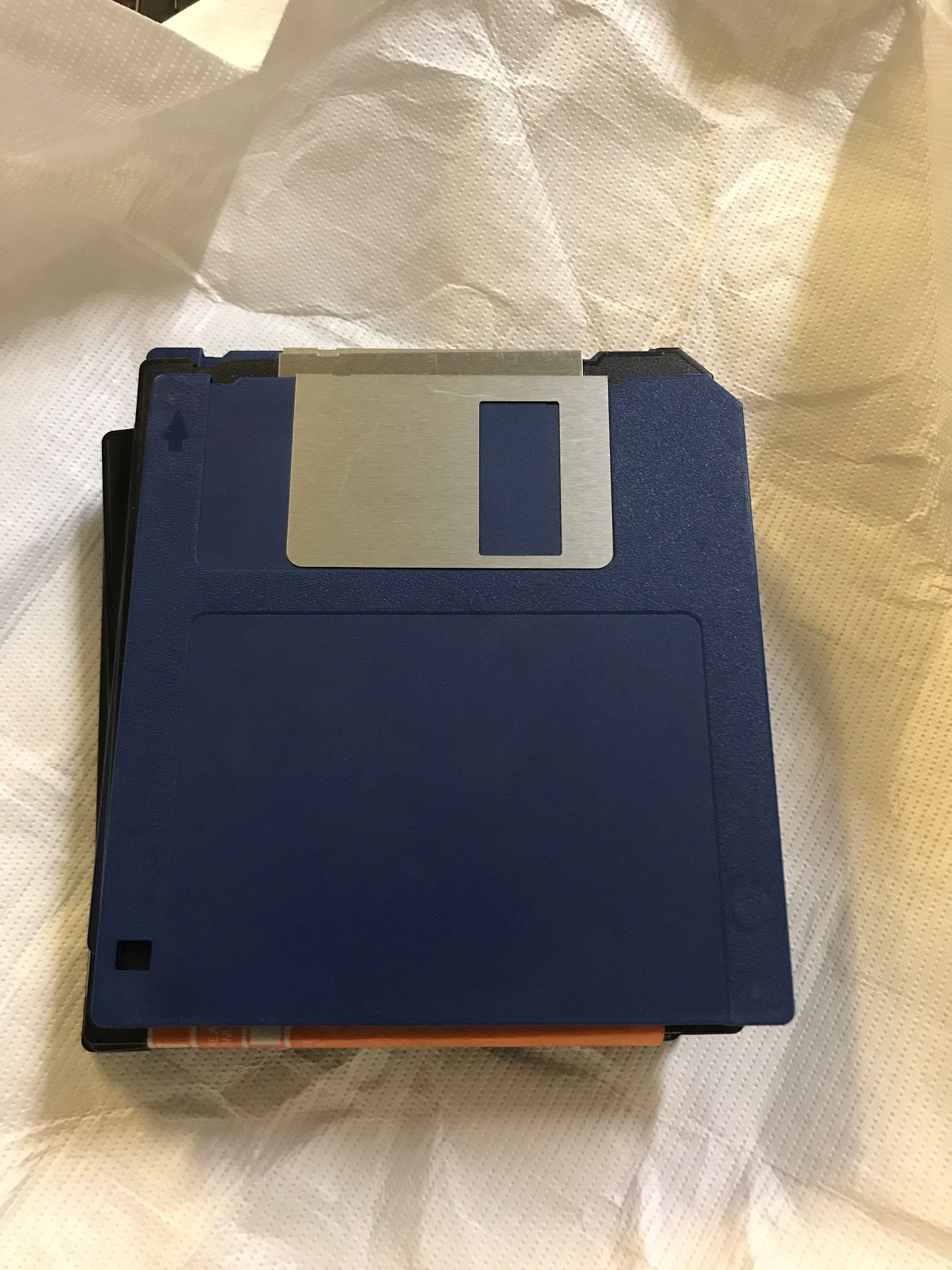
Three and a half inch floppy disk
When I first started out swimming in the deep waters of digital preservation and trying to understand what the risks were I lived with the fear that format obsolescence was our number one enemy and that we would need to spend all our time migrating content and upgrading and or else we would never be able to open those old Word Perfect files. However even then there were wise words from the likes of David Rosenthal who as long ago as 2007 and he predicted not a cliff edge crash of format types that would remain beyond our reach but a slow drift which (hopefully) with increasingly sophisticated emulation (and migration) techniques we can keep abreast of. My first steps in dealing with some of our legacy digital collections (all the way back from the 1990s) were imaging and capturing the contents of the floppy disks belonging to the distinguished historian Eric Hobsbawm which I wrote a bit about here.
Influence of Blockchain Technology on Protecting Trustworthiness of Electronic Records
Özhan Saglik is Lecturer at Bursa Uludag University in Turkey
Blockchain is one of the latest discussed technologic issues in records management. Questions like 'does blockchain shift our practices radically?' and 'how does it affects the trustworthiness of e-records?' have emerged. We will discuss some points in terms of trustworthiness.
We analyse the trustworthiness of e-records in four stages. These are authenticity, realibility, accuracy and usability. Usability refers to the accessibility and readability by a user. Accuracy is the completeness of the records form elements and reliable records can get by the more and solid records management procedures. We define authenticity as preserving the attributes of records. It has two components: Identity and integrity. Identity is differentiating the records from others, and integrity refers to the non-alteration of the records’ message intentionally or unintentionally (International Research on Permanent Authentic Records in Electronic Systems [INTERPARES], 2008).
Public records – what will be preserved about 2019?
Kuldar Aas is Deputy Director of Digital Archives at the National Archives of Estonia
Let’s get this clear – public records are important. They are the basis for proving the rights and claims of people and organisations, ensuring the transparency of our governments and a crucial piece in preserving a coherent picture of our current societies for future generations. Yet, being a public archives employee myself, I agree there are many aspects which justify the addition of “public records” into the DPC BitList 2019 and in the following I will try to describe some of the most crucial ones from the Estonian public sector point of view.
The first aspect I’d like to mention is – possibly as a surprise to many – the trend of making public information as open and accessible as possible. In this context Estonia has within the last few decades moved from one extreme to another. During the Soviet occupation public records were really “government records” – information was not recorded for the benefit of the people but more for keeping the huge government machinery going. As such the information was not really meant for and open to the public.
Creating SIPs without Breaking a Sweat: The Pre-ingest Tool and File Scraper
Heikki Helin is Senior Technology Coordinator for Digital Preservation Services at CSC - IT Center for Science Ltd in Espoo, Finland
The Finnish national digital preservation service, based on the OAIS reference model, has been in production since 2015. Providing services for preserving the cultural heritage and research data sectors, it is a service funded by the Ministry of Education and Culture of Finland. Currently, we have more than 1.3 million Archival Information Packages (AIPs) in preservation amounting to more than 450 terabytes. We have defined common national preservation specifications, which describe in detail how digital assets must be prepared before ingesting them to the preservation service. This includes detailed requirements for metadata and file formats.
Detailed requirements on both file formats and metadata are necessary for a fully automated ingest process. However, preparing and ingesting digital assets in an appropriate format according to the requirements can be a demanding task, especially in cases in which the producer is not familiar with the various preservation standards and metadata formats. This process requires both know-how and can be very time-consuming. It is therefore a very costly process, highlighted in those organizations with insufficiently competent IT staff. The growing demand for making this process easier for our partner organizations is the reason we have developed tools to decrease the burden of creating valid submission information packages from scratch. We introduce two main tools in this blog post.
Approaching digital preservation at scale - a pilot programme at University of Cape Town Libraries
Niklas Zimmer is Manager of Digital Library Services at University of Cape Town Libraries in South Africa
In this brief overview, I hope to share with you some of our experiences, activities and challenges around digital preservation at the University of Cape Town, at the southern tip of Africa. Presently, expertise in digital preservation is growing only slowly in South Africa: relevant training opportunities remain rare because many institutions have yet to recognise the fundamental issues, and get started with sustainably resourcing solutions. While some of our needs may be about driving appropriately funded and structured projects forward, even more important to our capacity-building efforts will be to convene a local digital preservation community of practise that is vitally connected to global exchange of ways of knowing and describing the world.
In September this year, I was asked to speak about digital preservation at the University of KwaZulu-Natal Special Collections Preservation Conservation Conference entitled ‘Disaster Prevention Preparedness, Response & Recovery of Collective Collections and E-collections,’ and while the slides from this talk are publicly accessible (see: https://doi.org/10.25375/uct.8982452), I thought it useful to also provide a brief narrative in the form of this blog post, to share more widely what digital preservation activities we are busy with at Digital Library Services in securing the University of Cape Town’s digital legacy.
Sharing is caring: tell someone new about digital preservation today!
Rise and shine digital preservationists of the western hemisphere! It’s World Digital Preservation Day, and all is well! There are things to see and do and celebrate – and people to tell about the wonders of digital preservation!
At-Risk Material in UCT Libraries’ Special Collections
Andrea Walker works in Special Collections at the University of Cape Town Libraries, South Africa
At-Risk Material in UCT Libraries’ Special Collections
This year, the first that UCT Libraries is participating, the theme for World Digital Preservation Day is At-Risk Digital Materials. It’s as if it was tailor-made for us. Even though I work in the historic, beautifully restored Jagger Library, I spend most of my time these days down in the basement, 2 or 3 stories underground (it’s hard to measure that when you’re on the side of a mountain). Right at the bottom is our AV archive. I’m currently undertaking an audit, to determine not only what’s there, but also what the exact format is, and when the material was recorded, among other things. Why? Because these materials only have a limited lifespan. Some of them were kept in less than ideal conditions before being deposited with us, and it shows. Most of them are in formats that are no longer easily accessible.
The UNESCO/DPC Executive Guide on Digital Preservation
Robert Buckley is the Chair of the PERSIST Policy Working Group and a Technical Adviser at the National Archives of the UAE.
UNESCO and the Digital Preservation Coalition (DPC) have collaborated to produce the Executive Guide on Digital Preservation, an online resource for raising awareness of the importance of digital preservation in archives, libraries and commercial enterprises—any organization that has digital assets to preserve and access. While many of us are often immersed in the technical aspects of digital preservation—in my case color image digitization and compression, it is generally realized that a successful and sustainable implementation of digital preservation requires support and commitment across an institution and beyond in the prevailing political, legislative and fiscal environment.
Towards Making Palestinian Research Preserved and Accessible
Rawia Awadallah is Manager of the ROMOR Project in Palestine
The Research Output Management through Open Access Institutional Repositories in Palestinian Higher Education (ROMOR) project aimed to build capacity in research output management in four leading Palestinian State (PS) Higher Education Institutions (HEIs) through establishing Open Access Institutional Repositories (OAIRs) to store and share research outputs and increasing support staff capacity to implement and promote repository related policies and services. The Project was led by the Islamic University of Gaza and brought together three other PS partners (Birzeit University, Al Quds Open University, and Palestine Technical University) with four European HEIs (the Technical University of Vienna, Austria; the University of Parma, Italy; the University of Brighton, UK; and the University of Glasgow, UK).
When digital preservation is turned into a municipality organisation
Karin Bredenberg is Metadata Strategist at Sydarkivera in Sweden
In 2015 the municipality organisation Sydarkivera was founded in southern Sweden with the goal of supporting members with digital preservation. Since then, with the growing number of members, the goal has also come to include analogue archiving. Today the number of members is 27 and in two years’ time an additional 10 will have joined Sydarkivera.
Sydarkivera originated from the need for municipalities to archive their digital information, as in Sweden, municipalities are required by law to have their own archives and act as their own archival institution. Digital information has been around for a long time so the arrival of the need for archiving digital material made the municipalities see the need to join forces and share their competences. In Sweden, municipalities can join in a municipality organisation which in turn functions like its own municipality. I know it’s not easy to really explain briefly but we are working together and have a shared archival organisation! What started in southern Sweden is quickly growing north towards central Sweden… There’s a wide interest in joining the organisation and becoming a Sydarkivera member!













































































































































